I still remember my first trip to Italy, sitting in the sun-drenched piazza in Rome, ready for my first “authentic” pizza.
I confidently ordered a pepperoni pizza. The waiter returned with a pizza covered not in spicy salami, but in bright yellow and red bell peppers.
Peperoni means peppers in Italian. It was a delicious, humbling, and funny lesson.
Navigating the beautiful chaos of Italy is part of the fun. But some small blunders can lead to big headaches, fines, or just a less-than-magical experience.
That’s why I’ve put together this guide. It’s designed to help you sidestep the most common mistakes tourists make in Italy.
Contents
- 1 1. Over-Scheduling Your “Relaxing” Vacation
- 2 2. Misunderstanding the Rules of the Rails and Roads
- 3 3. Falling for Obvious Tourist-Trap Restaurants
- 4 4. Ordering a Cappuccino After 11 AM
- 5 5. Not Booking Major Attraction Tickets in Advance
- 6 6. Ignoring the Church Dress Code
- 7 7. Getting Tipping and Restaurant Charges Wrong
- 8 8. Forgetting Basic Social Graces
- 9 9. Relying Only on Credit Cards
- 10 10. Thinking Italy is Only Rome, Florence, and Venice
- 11 Travel Like an Insider, Not a Tourist
1. Over-Scheduling Your “Relaxing” Vacation
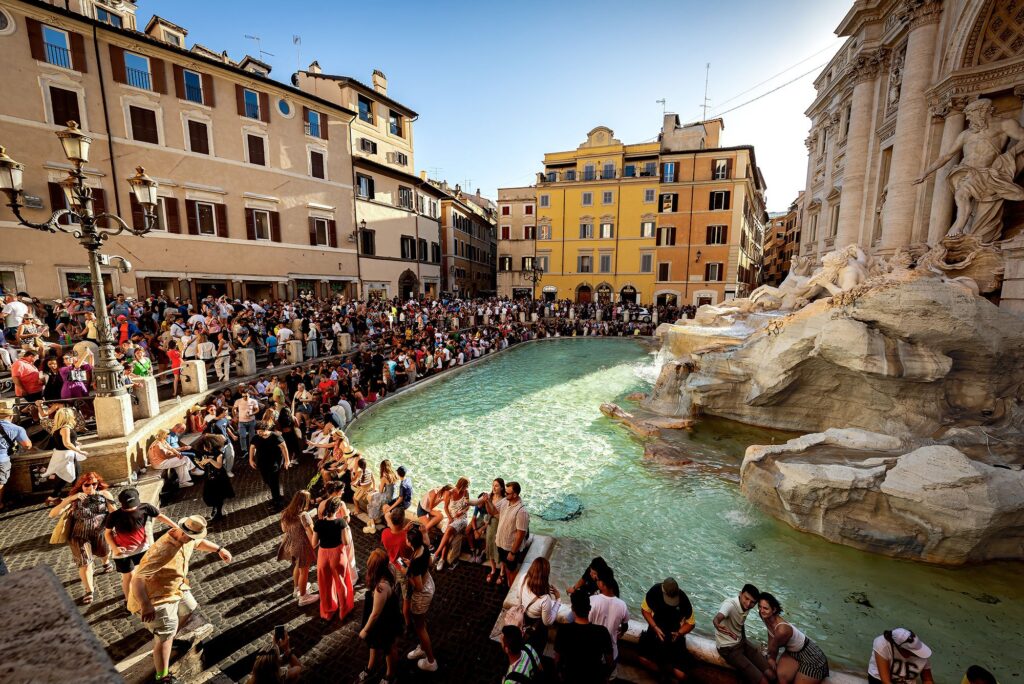
One of the biggest common mistakes tourists make in Italy is trying to see everything at once.
A classic itinerary might be Rome in two days. Then Florence for a day. Then Venice for a day. You spend more time packing, unpacking, and sitting on trains than actually experiencing the places you visit.
This frantic pace is the opposite of the Italian way of life. The local culture values il dolce far niente—the sweetness of doing nothing.
The most magical moments often happen when you aren’t rushing. They happen when you linger over a coffee or discover a hidden alleyway.
How to Avoid It
Choose fewer cities and give yourself time to breathe in each one. For a 10-day trip, pick two main cities and plan a day trip from one of them.
Base yourself in Florence for a few days, for example. From there, you can easily visit Tuscan towns like Siena without the hassle of changing hotels every night. Leave entire afternoons unscheduled.
This is when you’ll truly find Italy.
2. Misunderstanding the Rules of the Rails and Roads
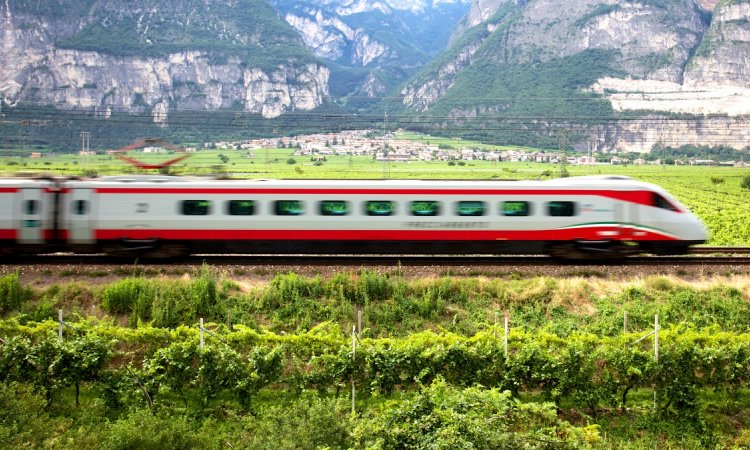
Italy’s transportation system can be tricky. One of the most frequent Italy travel mistakes involves the trains.
If you buy a paper ticket for a regional train, you must validate it in a small machine on the platform before you board. These machines stamp the time and date on your ticket, making it valid for travel.
Conductors show no mercy for unstamped tickets. You will face a hefty fine on the spot.
Driving presents another challenge: the ZTL, or Zona a Traffico Limitato. These are limited traffic zones in the historic centers of most cities, monitored by cameras.
If you drive into one without a permit, a fine will be automatically sent to your rental car company, which will then charge you months later.
How to Avoid It
For trains, the easiest solution is to buy your tickets online in advance. Digital tickets with a specific time and assigned seat do not need to be validated.
For driving, avoid renting a car for travel within major cities. If your hotel is inside a ZTL, you must ask them to register your license plate with the local police before you arrive.
Look for the signs: a red circle. If the electronic display says “Varco Attivo,” it means the zone is active and you cannot enter.
3. Falling for Obvious Tourist-Trap Restaurants
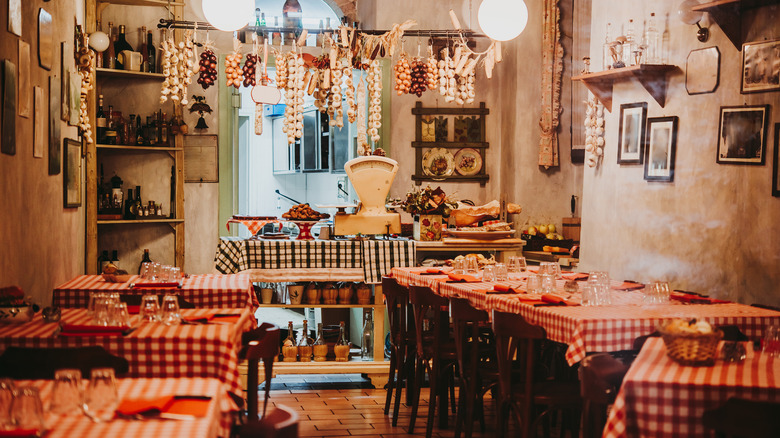
Eating at a restaurant with a view of the Colosseum might seem romantic. However, it’s often a recipe for a mediocre, overpriced meal.
Restaurants in prime tourist locations often rely on convenience, not quality. Authentic Italian food is intensely regional and seasonal.
A restaurant serving the same generic “Italian” menu year-round is a major red flag. This is one of the most disappointing common mistakes tourists make in Italy.
How to Avoid It
The golden rule is simple: walk at least two or three blocks away from any major tourist attraction.
Look for the tell-tale signs of a tourist trap. Is there a host outside trying to lure you in? Does the menu have glossy photos or translations in six different languages? If so, keep walking.
Instead, look for places with short, handwritten menus in Italian. Find restaurants buzzing with the sound of locals speaking Italian. These are the spots where you will find a memorable meal.
4. Ordering a Cappuccino After 11 AM

Here is one of the most famous Italy travel tips: do not order a cappuccino after breakfast.
I once saw a waiter give a look of genuine concern to a tourist who ordered one with his pasta. To Italians, this is not just a quirky preference. It is based on a firm cultural belief that drinking milk after a meal is terrible for digestion.
A cappuccino is considered a breakfast item, almost a meal in itself.
How to Avoid It
Enjoy your cappuccinos in the morning, before 11 AM. For an afternoon caffeine boost, do as the locals do. Stand at the bar (al banco) and order un caffè, which is a single shot of espresso.
This is not only the culturally appropriate choice but also the cheaper one. Sitting at a table (al tavolo) always costs more than standing at the bar.
5. Not Booking Major Attraction Tickets in Advance
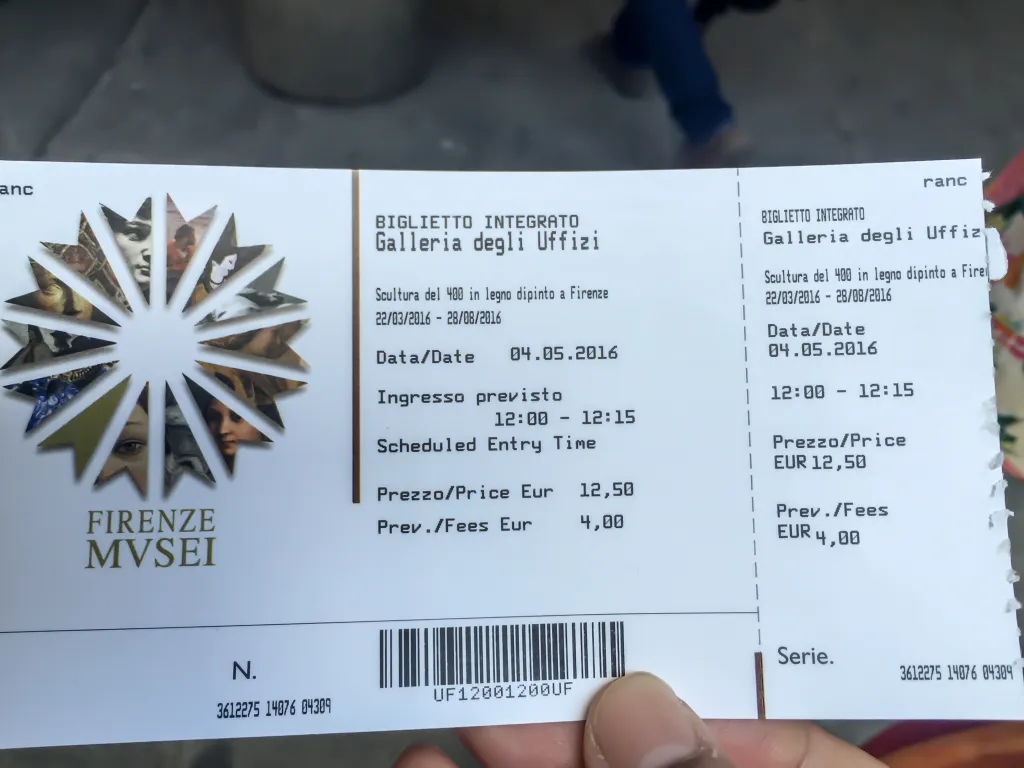
Showing up at the Vatican Museums or the Uffizi Gallery expecting to buy a ticket on the day is a recipe for disappointment. You will likely face either a sold-out sign or a queue that snakes for hours under the hot sun.
Mind you, these are some of the most popular attractions in the world. They now use timed-entry systems to manage the crowds, and tickets sell out weeks or even months in advance.
How to Avoid It
Book your tickets online as soon as you know your travel dates. The most crucial of all Italy travel tips is to use the official websites to avoid inflated prices.
For the Colosseum, the official site is ticketing.colosseo.it. For Florence’s major state museums, including the Uffizi Gallery, it is uffizi.it/en/tickets.
Booking ahead is essential, especially for must-see sites like Leonardo da Vinci’s “The Last Supper” in Milan, which can sell out three to four months in advance.
6. Ignoring the Church Dress Code
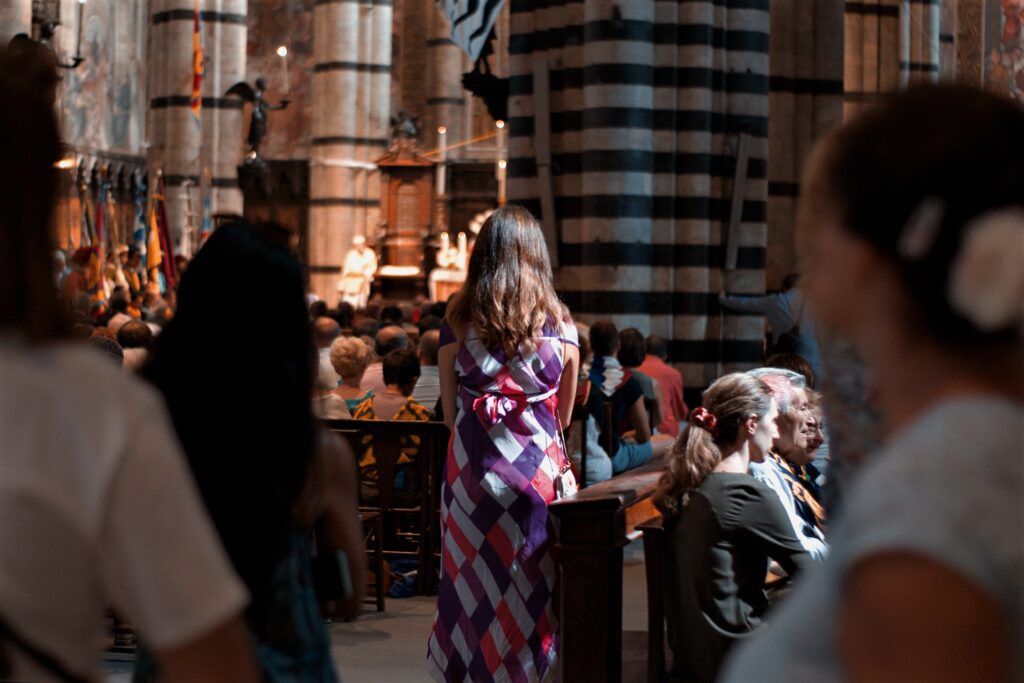
Italy is a modern country, but many of its greatest treasures are inside active places of worship.
A strict dress code is enforced, especially at major sites like St. Peter’s Basilica in the Vatican and the Duomo in Florence.
Being denied entry because of your outfit is an easily avoidable mistake. The rule is simple: cover your shoulders and knees. This applies to everyone, regardless of gender.
How to Avoid It
The easiest solution is to always carry a light scarf or shawl in your day bag. You can quickly drape it over your shoulders or tie it around your waist before entering a church.
On days you plan to visit religious sites, simply choose to wear trousers, a longer skirt, or a shirt with sleeves. It is a small gesture of respect that ensures you will not miss out on seeing breathtaking art and architecture.
7. Getting Tipping and Restaurant Charges Wrong
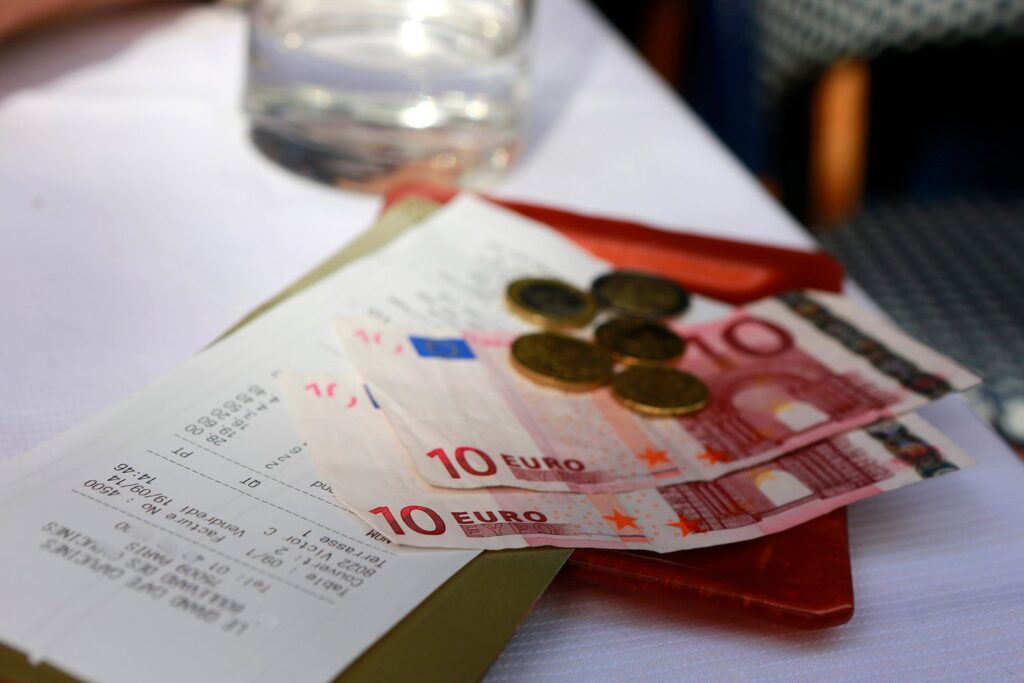
Tipping culture is one of the biggest sources of confusion for visitors. In Italy, waitstaff earn a full living wage and do not depend on tips as they do in the United States.
Tipping 15-20% is not expected and can feel awkward. Instead, you will often see two specific charges on your bill: the coperto and the servizio.
The coperto is a per-person cover charge. It covers the bread, linens, and use of the table setting. It is legal and must be listed on the menu.
The servizio is a service charge, or tip, that is sometimes automatically added to the bill, usually for large groups or in very touristy areas.
How to Avoid It
Check the menu for coperto or servizio charges before you sit down. If a servizio charge is included, no additional tip is necessary. If it is not, tipping is still not required.
It is a kind gesture to round up the bill or leave a few euro coins on the table. Always tip in cash, as there is no option to add it to a credit card payment.
8. Forgetting Basic Social Graces

Italian culture places a high value on politeness and respect in daily interactions.
One of the most common cultural mistakes when traveling to Italy is entering a small shop, café, or bar without offering a greeting. To locals, this can seem quite rude.
Similarly, at outdoor food markets, you should never touch the produce with your bare hands. Vendors take great pride in their products and will select the best items for you.
How to Avoid It
Make it a habit to say Buongiorno (good day) or Buonasera (good evening) when you walk into any establishment. A simple smile and greeting will be met with warmth.
When you leave, say Grazie, arrivederci (Thank you, goodbye). At a market, simply point to what you would like and tell the vendor how much you need. They will handle the rest.
9. Relying Only on Credit Cards

While credit cards are widely accepted in hotels, larger restaurants, and chain stores, Italy remains a very cash-oriented society for smaller transactions.
Many small family-run shops, local markets, cafés for a quick coffee, and gelato stands are cash-only. Some may have a minimum purchase amount, like 10 euros, for card payments.
Showing up with only a credit card can lead to an awkward situation.
How to Avoid It
Simple. Always carry some cash. Having around 30 to 50 euros in small bills and coins is a good idea for daily expenses like a coffee, a slice of pizza, or a bus ticket.
When you need to withdraw more, use an ATM attached to a bank, known as a bancomat.
Avoid the standalone, third-party ATMs often found in tourist hotspots, as they usually charge much higher fees.
10. Thinking Italy is Only Rome, Florence, and Venice
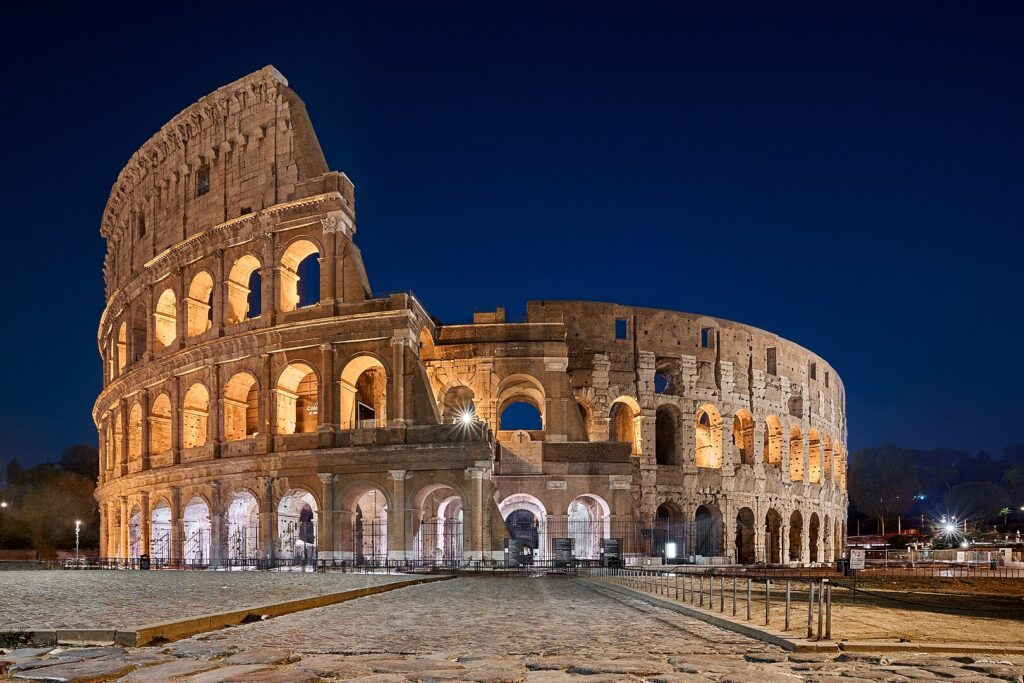
Sticking only to the “big three” is perhaps the most significant of the common mistakes tourists make in Italy.
While these cities are magnificent, they represent only a fraction of the country’s incredible diversity. Italy is a tapestry of 20 distinct regions. Each one has its own cuisine, dialect, and culture.
The alpine landscapes of the Dolomites feel like a different country compared to the sun-bleached shores of Sicily.
How to Avoid It
Venture beyond the main tourist trail. Add a lesser-known but equally captivating city to your trip, like Bologna, famous for its food, or Verona, the city of Romeo and Juliet.
Or, explore a different region entirely. Rent a car for a day to discover the medieval hill towns of Umbria. Head south to the unique trulli houses of Puglia or explore the ancient ruins of Sicily.
This is how you discover the real heart of Italy.
Also Read: You’ll Never Guess: THIS European City Just Beat (Paris, London, Prague) in Tourist Safety in 2025
Travel Like an Insider, Not a Tourist
Avoiding these common mistakes tourists make in Italy is not about following a strict set of rules. It is about shifting your perspective.
Slow down, observe the local customs, and approach your journey with curiosity and respect.
Embrace the Italian way of life, and you will not just see the sights. You will connect with the culture, create richer memories, and have an unforgettable adventure.
What other Italy travel tips would you add to this list? Share your thoughts in the comments below!